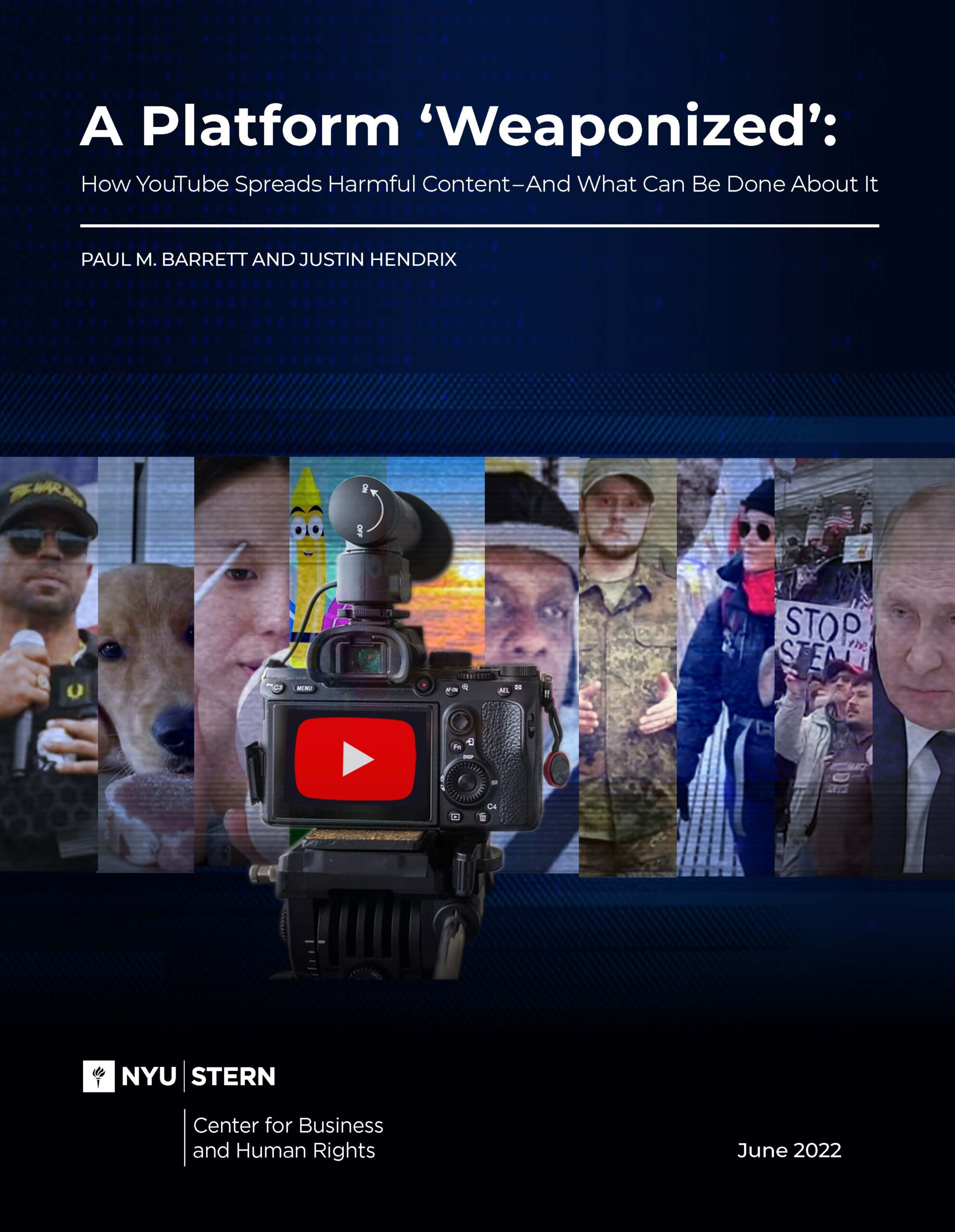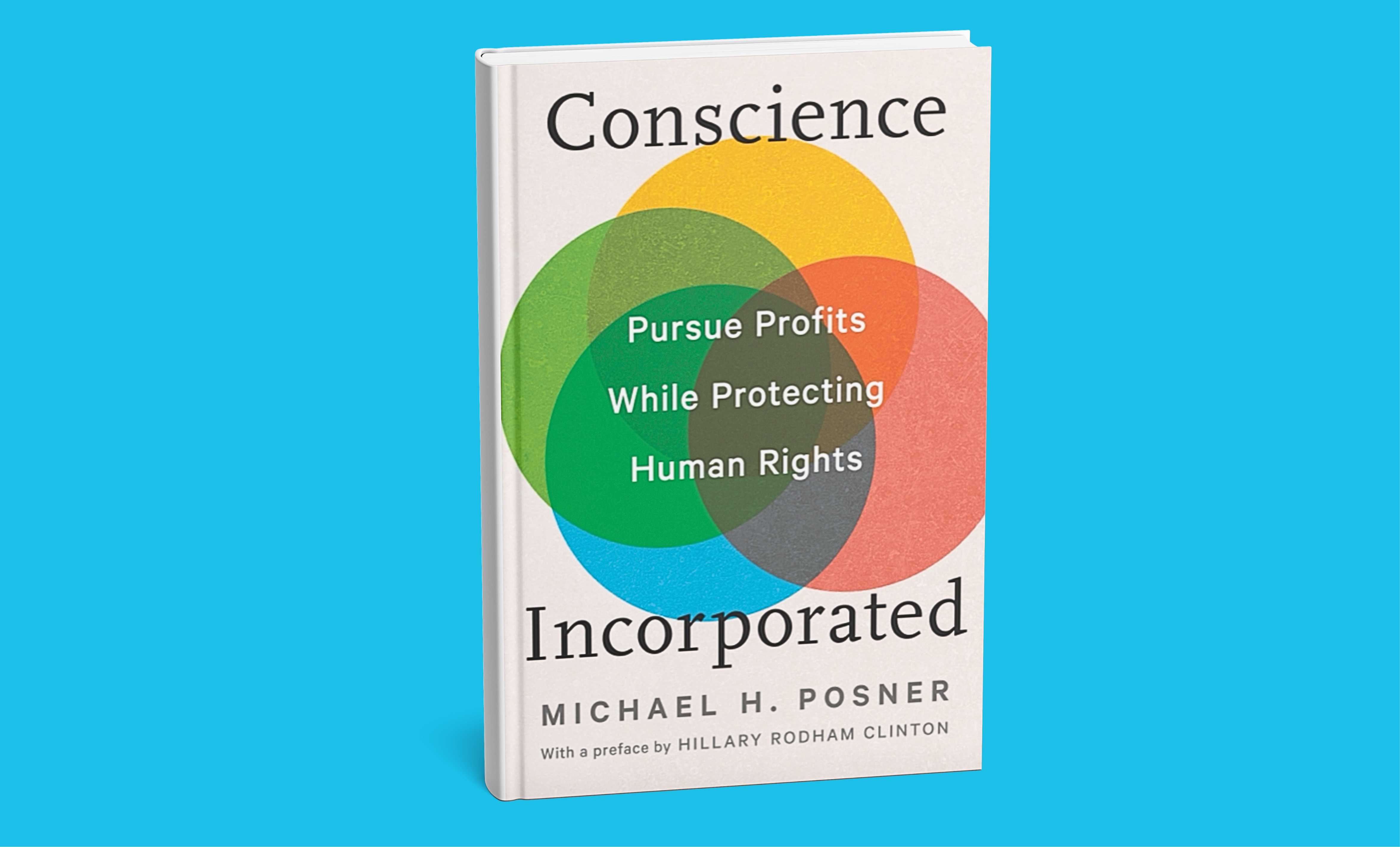A Platform ‘Weaponized’: How YouTube Spreads Harmful Content – And What Can Be Done About It

June 2022
We know less about YouTube than the other major social media platforms.
YouTube, with more than 2 billion users, is the most popular social media site not just in the United States, but in India and Russia as well. But because of the relative difficulty of analyzing long-form videos, as compared to text or still images, YouTube has received less scrutiny from researchers and policy makers. This in-depth report addresses the knowledge gap.
Does YouTube send unwitting users down a ‘rabbit hole’ of extremism?
In response to reports that the platform’s own recommendations were “radicalizing” impressionable individuals, YouTube and its parent, Google, altered its recommendation algorithm, apparently reducing the volume of recommendations of misinformation and conspiratorial content. But platform recommendations aren’t the only way people find potentially harmful material. Some, like the white 18-year-old accused of shooting and killing 10 Black people in a Buffalo, N.Y., grocery store, seek out videos depicting violence and bigotry. These self-motivated extremists can find affirmation and encouragement to turn their resentments into dangerous action.
A social media venue with global reach.
Roughly 80% of YouTube traffic comes from outside the United States, and because of language and cultural barriers, the platform’s content moderation efforts are less successful abroad than at home. Our report explores how YouTube is exploited by Hindu nationalists persecuting Muslims in India, right-wing anti-vaccine advocates in Brazil, and supporters of the military junta in Myanmar.
Related
See allOnline Safety Regulations Around The World: The State of Play and The Way Forward – A Resource Guide
Our new resource guide breaks down and analyzes 26 online platform regulations around the world across 19 jurisdictions, and offers a blueprint for future regulation of the online space consistent with human rights standards and constitutional principles.
Conscience Incorporated
In his new book Conscience Incorporated, Michael Posner, director of the Center for Business and Human Rights, offers practical strategies and bold reforms to help businesses align profitability with ethical responsibility.
Feedback from: Working Group on Gaming and Regulation at NYU Stern Center for Business and Human Rights
The multi-stakeholder working group on gaming and regulation, launched in September 2024, brings together industry, civil society, and regulators to advance informed, constructive global regulation for a healthy and responsible online gaming ecosystem.

 Technology & Democracy
Technology & Democracy

